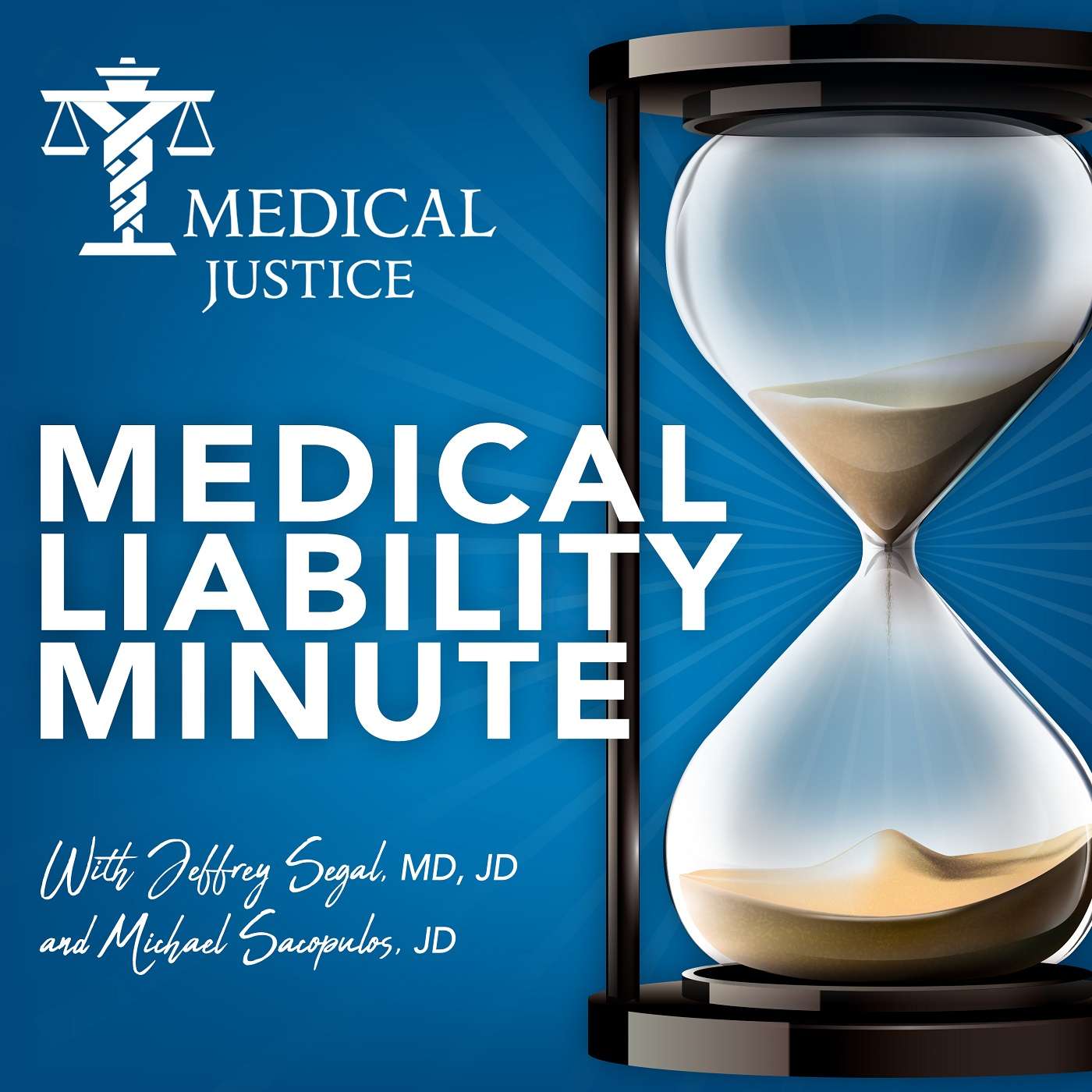Cameras in the OR. And Promises Plaintiff’s Attorneys Will Never Get to Peek.
Medical Justice provides free consultations to doctors facing medico-legal obstacles. We have solutions for doctor-patient conflicts, unwarranted demands for refunds, online defamation (patient review mischief), meritless litigation, and a gazillion other issues. We also provide counsel specific to COVID-19. If you are navigating a medico-legal obstacle, visit our booking page to schedule a free consultation – or use the tool shared below.
"Can Medical Justice solve my problem?" Click here to review recent consultations...
We’ve been protecting doctors from medico-legal threats since 2001. We’ve seen it all. Here’s a sample of typical recent consultation discussions…
- Former employee stole patient list. Now a competitor…
- Patient suing doctor in small claims court…
- Just received board complaint…
- Allegations of sexual harassment by employee…
- Patient filed police complaint doctor inappropriately touched her…
- DEA showed up to my office…
- Patient “extorting” me. “Pay me or I’ll slam you online.”
- My carrier wants me to settle. My case is fully defensible…
- My patient is demanding an unwarranted refund…
- How do I safely terminate doctor-patient relationship?
- How to avoid reporting to Data Bank…
- I want my day in court. But don’t want to risk my nest egg…
- Hospital wants to fire me…
- Sham peer review inappropriately limiting privileges…
- Can I safely use stem cells in my practice?
- Patient’s results are not what was expected…
- Just received request for medical records from an attorney…
- Just received notice of intent to sue…
- Just received summons for meritless case…
- Safely responding to negative online reviews…
We challenge you to supply us with a medico-legal obstacle we haven’t seen before. Know you are in good hands. Schedule your consultation below – or click here to visit our booking page.
When an airplane crashes, the FAA uses the black boxes to deconstruct what happened. Was it a mechanical error? Pilot error? Weather? Terrorism? The black boxes help investigators make sense of the tragedy.
A device called OR Black Box (manufactured by Surgical Safety Technologies in Canada) is being used in 24 hospitals in US, Canada, and western Europe. It captures video, audio, patient vital signs, and data from surgical devices. Perhaps more.
The goal is laudable. To promote patient safety. Reduce medical errors. And help hospitals decipher what happened if an operation delivers unexpected surprises.
The output consists of graphs, comments, timelines, and video/audio clips. One healthcare system testing the technology is Duke.
“Duke University Hospital, where two operating rooms are equipped with black boxes, is using the technology to study and improve patient positioning for surgery to reduce the possibility of skin-tissue and nerve injuries. It is also studying and using the technology to improve communication among nursing personnel throughout a surgical procedure to ensure that key tasks—such as confirming that surgical instruments and medical devices are available for a procedure—are being completed promptly, effectively and efficiently.”
In addition to surgical positioning, one of the insights gleaned was its OR needed a better system for sending and tracking specimens to the pathology lab. The protocol was revised to make sure more detailed instructions accompanied each specimen including verifying the specimen hit the correct lab. You often don’t get a do-over with path specimens.
One natural worry was whether surgeons and OR personnel would be blamed and shamed. Would plaintiff’s attorneys be able to get their hands on the data? The company’s founder (and a practicing surgeon at Stanford) reassured and said no to both questions. The goal is improving systems, not assigning blame.
To that end, he says, the system’s algorithms “blur faces and cartoonify bodies” so that medical personnel and patients can’t be identified. “Aggregate data is deidentified and anonymized so we can learn from it now and in the future, and audiovisual data is deleted after 30-days to protect the privacy and confidentiality of patients and healthcare providers,” he says.
Amar Chaudhry, chief technology officer at Surgical Safety Technologies, says OR Black Box was designed to eliminate the risk of using its data for anything other than quality improvement. Because the OR Black Box platform is set up to anonymize all data, it is extremely unlikely that data from the system could be used in cases of medical malpractice, he says.
It is true that there are federal confidentiality protections for healthcare quality improvements processes.
But sometimes what is intended to remain confidential slips out. Case in point. Siegel v. Snyder, Slip.Op. 07624, New York’s Appellate Division, Second Department.
New York’s Education Law 6527(3) shields from disclosure “the proceedings [and] the records relating to performance of a medical or a quality assurance review function or participation in a medical . . . malpractice prevention program,” as well as testimony of any person in attendance at such a meeting when a medical or quality assurance review function or medical malpractice prevention program was performed (see Logue v Velez, 92 NY2d 13, 16-17). Public Health Law 2805-m(2) affords similar protection from disclosure for “records, documentation or committee actions or records” required by law, which includes peer review activity.
However, both Education Law 6527(3) and Public Health Law 2805-m(2) provide for identical exceptions for the discovery of party statements, that is, “statements made by any person in attendance at such a [peer review/quality assurance] meeting who is a party to an action or proceeding the subject matter of which was reviewed at such meeting.” The Siegel Court noted that “those persons whose conduct is subject to review were not intended to benefit from the protections afforded by the statutes.”
Because of these rules, many NY hospitals just would not identify any speaker in peer review minutes, and just broadly referred to discussions among the committee. The Court countered that any failure to identify the speaker requires the disclosure of ALL statements made during the meeting.
Rut Roh.
The Court noted that there was tension between the hospital wanting to avoid disclosure of its peer review deliberations and statements that might have been made by the defendant in that case explaining his side of the story to the committee. If the defendant in a civil case was also “singing like a canary” to the peer review committee, his statements to the committee were supposedly fair game and discoverable.
In other words, the Court did not like the workaround hospitals implemented to protect everything from being discoverable in peer review meetings, even if a small snippet of such peer review proceedings were discoverable, by law, if the defendant in a case was speaking to the peer review committee.
So, not everything that happens in peer review stays in peer review.
Pivoting to anonymizing data, that’s a hard job. Remember a TV show on the Discovery Channel called Naked and Afraid. There, a male and female contestant are placed in some wilderness for three weeks. They have to find their own food. Craft their own shelter. Protect themselves from critters and predators. And they have to work their way to an agreed-upon pickup point.
And they’re naked.
To make this an arguably family friendly show, the editors have to blur out the participants’ private parts. They use the Blur Man Group to get the job done. They are graphic designers
And like any job, it can be tedious. They labor at their computers using a stylus and a tablet to create an amoeba-like blur. It requires examining each episode, frame by frame, finding and blurring and carefully replacing anything — like a leaf — that got covered while blurring. It takes at least 50-hours to blur an entire episode.
The point of the editing process is to make the blur as elegant as possible, so that it does not disrupt the viewing experience. Compared with some other shows, the blurring on “Naked and Afraid” is smaller and smoother.
“A blur is not necessarily appealing,” Mr. O’Steen said. “Think of ‘Cops.’”
It took a season for the team to perfect the art of the blur…
The last line of defense is Adam Burns, 34, a supervisor whose specialty is spotting what others have missed. “I can recognize a nipple from 600 yards in the background behind a leaf at this point,” he said.
Regardless, the work is resource-intense and not failproof.
And we conclude with the lawsuit filed by Jesse Nizewitz against Viacom and the producers of VH1’s Dating Naked. For $10M. The lawsuit was over inadequate blurring. I won’t get into the premise of the show. But the lawsuit alleged her privacy was violated for failure to blur out her vagina and anus. And she “suffered and continues to suffer severe extreme emotional distress, mental anguish, humiliation and embarrassment.” The result. The plaintiff lost. She had signed a waiver in advance of the filming. The production company had no duty to be extra careful with blurring out her private parts.
The defendants did admit an editing error led to the one-second “inadvertent” exposure of the 28-year-old’s vagina and anus to viewers during the July 31 broadcast of the racy series’ third episode. However, they also said agreements with Nizewitz made before filming started rendered the mistake essentially a non-event — despite her insistence she had verbal assurances that everything in a beach-wrestling scene would be blurred out.
Judge Anil Singh not only dispensed with the August 19, 2014 filed complaint but put all legal fees on the plaintiff. In October, Viacom plus, Lighthearted Entertainment and Firelight Entertainment moved to have the case dismissed, claiming Nizewitz violated her contract by suing.
The point of all of this is simple. It’s difficult to anonymize data. It is difficult to blur out video if the video is supposed to be useful. While there will be many perceived safety benefits from cameras in the OR, do not be surprised if such material eventually becomes Exhibit A in a professional liability lawsuit.
What do you think?
Medical Justice provides free consultations to doctors facing medico-legal obstacles. We have solutions for doctor-patient conflicts, unwarranted demands for refunds, online defamation (patient review mischief), meritless litigation, and a gazillion other issues. We also provide counsel specific to COVID-19. If you are navigating a medico-legal obstacle, visit our booking page to schedule a free consultation – or use the tool shared below.
"Can Medical Justice solve my problem?" Click here to review recent consultations...
We’ve been protecting doctors from medico-legal threats since 2001. We’ve seen it all. Here’s a sample of typical recent consultation discussions…
- Former employee stole patient list. Now a competitor…
- Patient suing doctor in small claims court…
- Just received board complaint…
- Allegations of sexual harassment by employee…
- Patient filed police complaint doctor inappropriately touched her…
- DEA showed up to my office…
- Patient “extorting” me. “Pay me or I’ll slam you online.”
- My carrier wants me to settle. My case is fully defensible…
- My patient is demanding an unwarranted refund…
- How do I safely terminate doctor-patient relationship?
- How to avoid reporting to Data Bank…
- I want my day in court. But don’t want to risk my nest egg…
- Hospital wants to fire me…
- Sham peer review inappropriately limiting privileges…
- Can I safely use stem cells in my practice?
- Patient’s results are not what was expected…
- Just received request for medical records from an attorney…
- Just received notice of intent to sue…
- Just received summons for meritless case…
- Safely responding to negative online reviews…
We challenge you to supply us with a medico-legal obstacle we haven’t seen before. Know you are in good hands. Schedule your consultation below – or click here to visit our booking page.
Jeffrey Segal, MD, JD
Chief Executive Officer and Founder
Dr. Jeffrey Segal, Chief Executive Officer and Founder of Medical Justice, is a board-certified neurosurgeon. Dr. Segal is a Fellow of the American College of Surgeons; the American College of Legal Medicine; and the American Association of Neurological Surgeons. He is also a member of the North American Spine Society. In the process of conceiving, funding, developing, and growing Medical Justice, Dr. Segal has established himself as one of the country’s leading authorities on medical malpractice issues, counterclaims, and internet-based assaults on reputation.
Dr. Segal was a practicing neurosurgeon for approximately ten years, during which time he also played an active role as a participant on various state-sanctioned medical review panels designed to decrease the incidence of meritless medical malpractice cases.
Dr. Segal holds a M.D. from Baylor College of Medicine, where he also completed a neurosurgical residency. Dr. Segal served as a Spinal Surgery Fellow at The University of South Florida Medical School. He is a member of Phi Beta Kappa as well as the AOA Medical Honor Society. Dr. Segal received his B.A. from the University of Texas and graduated with a J.D. from Concord Law School with highest honors.
In 2000, he co-founded and served as CEO of DarPharma, Inc, a biotechnology company in Chapel Hill, NC, focused on the discovery and development of first-of-class pharmaceuticals for neuropsychiatric disorders.
Dr. Segal is also a partner at Byrd Adatto, a national business and health care law firm. Byrd Adatto was selected as a Best Law Firm in the 2023 edition of the “Best Law Firms” list by U.S. News – Best Lawyers. With over 50 combined years of experience in serving doctors, dentists, and other providers, Byrd Adatto has a national pedigree to address most legal issues that arise in the business and practice of medicine.


 What do you think? If you’ve been tested with Myers-Briggs survey, does the list conform to the specialty you chose?
What do you think? If you’ve been tested with Myers-Briggs survey, does the list conform to the specialty you chose?

